Recently InfoWorld gave the best of the year awards this year to some best products that they reviewed during the year 2008. Undoubtedly Apple and Microsoft take the show by taking maximum awards in different categories. Here is some listing and review of some of the best tools selected in the following categories.
Systems And Storage
Best Smartphone:
Apple iPhone 3G
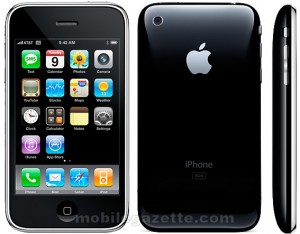
2008 produced a profusion of latest smartphones, establishing the combination of 3G cellular radio, GPS, Wi-Fi, widescreen, and camera as the baseline arrangement. The iPhone 3G outrun cheaper competitors with free native code development tools, regular and major firmware updates, and best of all, the Application Store. The App Store and the exceptionally capable third-party developers who stash it put the iPhone 3G at the head of the pack and supply it to remain there.
Details Here: Apple iPhone 3G
Best NoteBook:
Apple MacBook Pro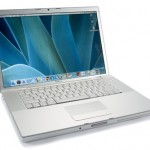
What this economy needs is a conventional commercial notebook that can last five years, and MacBook Pro is it. Apple's new flagship notebook is drop- and crush-resistant, user-expandable, user-serviceable, and power efficient, with switch able low-power/high-performance graphics. The MacBook Pro is well value the upgrade for Mac and PC notebook users alike.
Details Here: Apple MacBook Pro
Best UltraNotebook:
Apple MacBook Air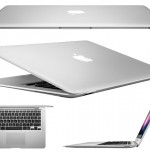
There's really nobody like the MacBook Air on the market today. It's ultra thin, ultra light, and ultra small, yet it provides concrete performance and usability. There are sacrifices, to be sure, such as the single USB port and the lack of an internal optical drive, but they're minor when the Air's size and weight are taken into contemplation. You might not choose the Air as your only computer, but as a traveling companion.
Details Here: Apple MacBook Air
Best Mobile Workstation:
Dell Precision M6400 Mobile Workstation
Dell's M6400 epitomizes the kitchen-sink approach to system design. Its three-spindle configuration allows you to outfit the unit with both a two-disk RAID (a major advantage during disk-intensive tasks) and an integrated optical drive, while four DIMM slots support up to 16GB of RAM.
Details Here: Dell Precision M6400
Best Workstation:
HP xw4600 Workstation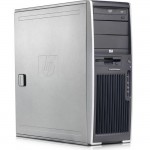
The HP xw4600 is our first choice among workstations -- unless you have really high-end needs. The xw4600 boasts unyielding performance, low cost, easy tune-up, and good expandability, save for being limited to a single quad-core processor. But core for core, it nearly matches the performance of midrange workstations costing twice as much.
Details Here: HP xw4600 Workstation
Applications, Middleware , and Data Managment
Best Web Browser:
Mozilla Firefox 3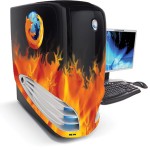
You can say that Google Chrome is the browser of future but without any ambiguity you can say that Firefox is the king of today. Firefox 3 provides rich extensions and security with fastest browsing capabilities. If you're looking for a browser that is quick, customizable, stable, and reliable, look no further.
Best Office Alternative:
Zoho Writer, Sheet, Show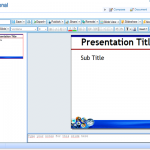
If you're ready to squeeze the SaaS future, then Zoho could be the productivity suite you've been waiting for. Zoho can give both personal productivity and business back-end applications, and with Google Gears, you can keep working on documents even if you can't find the Internet. Zoho is the only Microsoft Office alternative we know that you could simply use to run a complete business. It's also the only one that can run virtually all the Excel macros you might have developed.
Best Web CMS:
Day Communique WCM
Communique WCM 5 is intended for business users, but the simplicity extends to developers and IT admins as well. An AJAX-enabled interface provides drag-and-drop page design and in-context content editing. The abounding component library includes Flash elements, form builders, and Google Gadget support. An integrated BPM engine supports advanced workflows, while federated, social search, built-in analytics, plus hot backup, disaster recovery, and clustering round out an enterprise-grade feature set.
Best Database:
Oracle Database 11g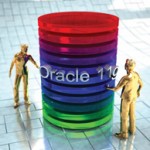
The two big kids on the block, Oracle Database and Microsoft SQL Server, both had significant releases this year. Oracle Database 11g is richer in features and more configurable than SQL Server, giving skilled DBAs more powerful capabilities -- though we love SQL Server's lower cost and manageability. Among the top new features in the gigantic 11g release, the killer combination of Active Data Guard and Real Application Testing make Oracle Database our hands-down winner.
Best Data Integration Platform:
Talend Open Studio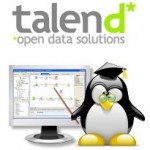
This open source solution hits all the highlights one would look for in traditional integration platforms -- batch delivery, transforms, ETL (extract, transform, and load), data governance, and a strong set of connectivity adapters -- but at an untraditionally affordable price. Talend also boasts broad reach via Java and Web services, a highly distributed and scalable architecture, a library of connectors supporting a wealth of data sources, and a central metadata repository that encourages reuse.
Best Mashup Server:
Denodo Platform
Denodo provides a rich set of tools to unify both structured data from relational databases and unstructured data from Web sites, e-mail boxes, and other sources. A recording button helps simplify building code, while frequent "test" buttons help you debug as you go. The years of development that went into the Denodo solution shows in the wide range of options you get for bringing data together.
Application Development
Best Integrated Development Environment:
Microsoft Visual Studio 2008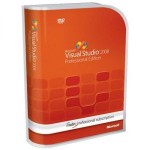
Visual Studio stands alone as the preferred development environment for applications using Microsoft's .Net Framework, and it's peerless among IDEs for any language. The 2008 version expands the development targets to include SOA, Web 2.0, Windows Presentation Framework, and Silverlight applications, and extends the data-handling capabilities to include language-integrated queries (LINQ).
Best Rails IDE:
NetBeans IDE 6.5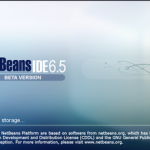
If you already use NetBeans for Java or C/C++ development, then it should probably be your top choice as a Rails IDE as well. Delivering strong editing and navigation along with good debugging and profiling, it's a very capable and highly integrated Rails IDE. And it's free.
Best Web Based Application Builder:
Coghead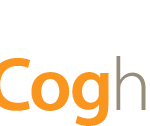
Coghead shines with an Adobe Flex-based GUI for creating database-driven applications on the Web. The interface is very clean, the setup time is very fast, and minimal ASCII-based coding is required. Anyone can whip up a Web application by dragging and dropping some form widgets onto pages. The post-relational database avoids some of the table proliferation of traditional SQL, and there's a nice, open API for integration.
Best Rich Internet Application Development Platform:
Adobe Flash, Flex, and AIR
Selection of the the top RIA toolkit of 2008 was no easy task. Prize goes to Adobe because the Flash plug-in is supported on more platforms than any other RIA technology; Flash is used in many impressive video sites, counting YouTube; the design tools for Flash are exceptional; the Flex Builder IDE is top-quality; and AIR allows Flash and Flex RIAs to be easily adapted for use as desktop applications.
Microsoft Silverlight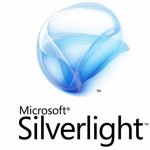
Picking the top RIA toolkit of 2008 was hard task. Award goes to Silverlight as well,because it beats Flash in runtime performance; it has a diffident download size; the design tools are good; it boasts fantastic .Net language support and a best-of-breed development environment in Visual Studio 2008; and although Silverlight's capabilities as a desktop RIA are weak compared with those of Adobe AIR, programmers can write Silverlight RIAs that can be recompiled as first-rate Windows Presentation Foundation desktop applications.
Platform and Virtualization
Best Server Virtualization Platform:
VMware Infrastructure 3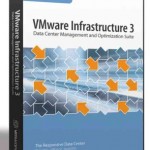
VMware underlined the supremacy of its VI3 platform with the cooperative release of ESX Server 3.5 and VirtualCenter 2.5 in 2008. Performance and scalability improvements, along with new features such as integrated capacity scheduling, patch managing, and live migration of virtual disks, filled important gaps and set the stage for the next immense release, which we suppose to mark the advent of virtualization as the rule in datacenters, not the exception.
Best Cloud Platform:
Amazon Web Services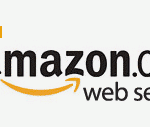
Amazon Web Services is great Cloud computing service with unlimited compute, storage, and communication amenities. Programmers and developers of distributed systems will find the AWS site nothing short of a playing field, and organizations with applications that require worldwide connectivity, a proof-of-concept laboratory, or significant compute or storage facilities on an irregular basis will find EC2, S3, SQS, and SimpleDB convincing.
[ Source : Info World ]

